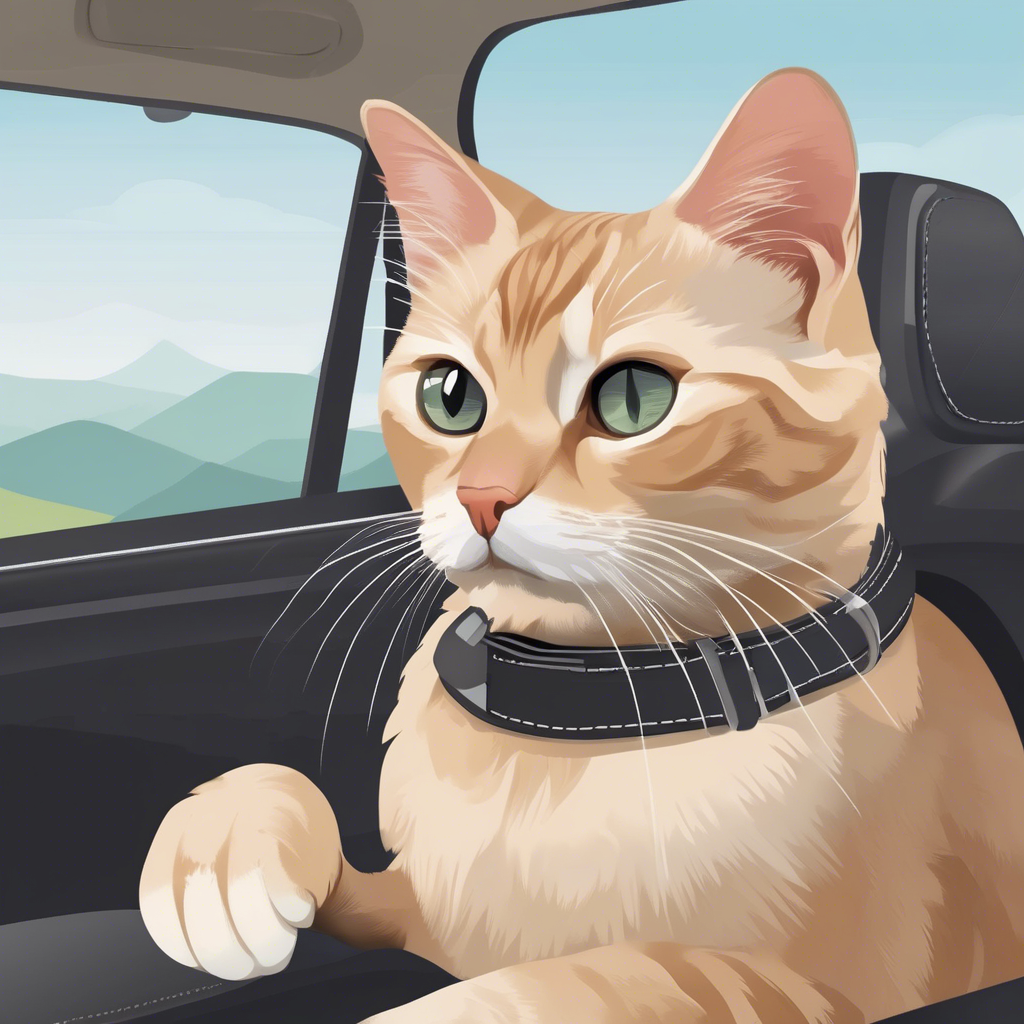Traveling with Your Cat: Tips for a Safe and Comfortable Journey
Traveling with your cat in the car can be a daunting task, but with the right preparation and precautions, it can be a safe and comfortable experience for both you and your feline friend. Whether you're taking a short trip to the vet or embarking on a long road trip, here are some tips and advice to make the journey as smooth as possible.
1. Use a Secure Carrier
It's important to have a secure carrier for your cat to travel in. Choose a carrier that is well-ventilated, sturdy, and large enough for your cat to stand, turn around, and lie down comfortably. Secure the carrier with a seatbelt or place it on the floor of the car to prevent it from sliding or tipping over during the journey.
2. Familiarize Your Cat with the Carrier
Before the trip, introduce your cat to the carrier and make it a positive and comfortable space. Place treats, toys, and familiar bedding inside the carrier to create a positive association. Gradually increase the time your cat spends in the carrier to help them feel more at ease during the journey.
3. Take Short Practice Drives
If your cat is not used to car travel, start with short practice drives to help them acclimate to the motion and sounds of the car. Gradually increase the duration of the drives to build up their tolerance. Offer treats and praise to reward your cat for calm behavior during the drives.
4. Secure the Carrier in the Car
It's important to secure the carrier in the car to prevent it from moving or tipping over. Use a seatbelt or a pet carrier restraint system to keep the carrier in place. Avoid placing the carrier on the front seat or in the trunk, as these areas can be dangerous in the event of an accident.
5. Provide Comfort and Familiarity
Make the car environment as comfortable and familiar as possible for your cat. Bring their favorite blanket or bedding, toys, and familiar scents to help them feel secure. Consider using a pheromone spray or diffuser to create a calming atmosphere in the car.
6. Don't Leave Your Cat Alone in the Car
Never leave your cat alone in the car, especially in extreme temperatures. Cars can heat up quickly, putting your cat at risk of heatstroke. If you need to make a stop, bring your cat with you or have someone stay in the car with them.
7. Plan for Breaks
If you're embarking on a long road trip, plan for regular breaks to allow your cat to stretch their legs, use the litter box, and have some water and food. Choose pet-friendly rest areas or find accommodations that allow cats.
8. Gradually Introduce Your Cat to New Environments
If you're traveling to a new destination, gradually introduce your cat to the new environment. Start with a small, quiet space and gradually allow them to explore the new surroundings. Provide familiar items, such as their carrier and bedding, to help them feel more at ease.
Remember, every cat is different, and some may require more time and patience to adjust to car travel. If your cat experiences extreme anxiety or discomfort during car travel, consult with your veterinarian for additional advice and possible solutions.
By following these tips and advice, you can ensure a safe and comfortable journey for both you and your cat. Happy travels!

